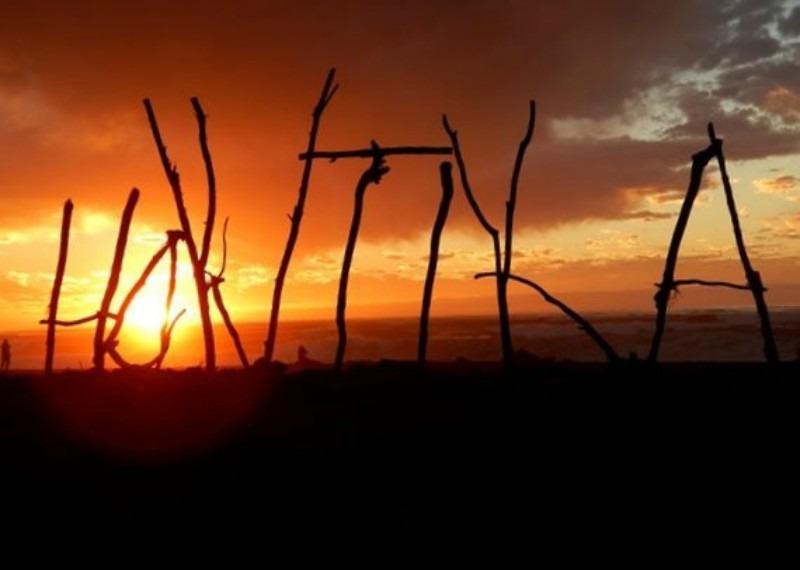Make Hokitika Your Destination Not Just A Pitstop
Every day visitors to Hokitika tell me that they wish they had known how much there was to see and do here. "We really wish we had booked to stay more than one night!" I hear this so often I thought it was time to try and create a short guide to give people an idea of what they can do and why one night if definitely not long enough.

·5 min read























